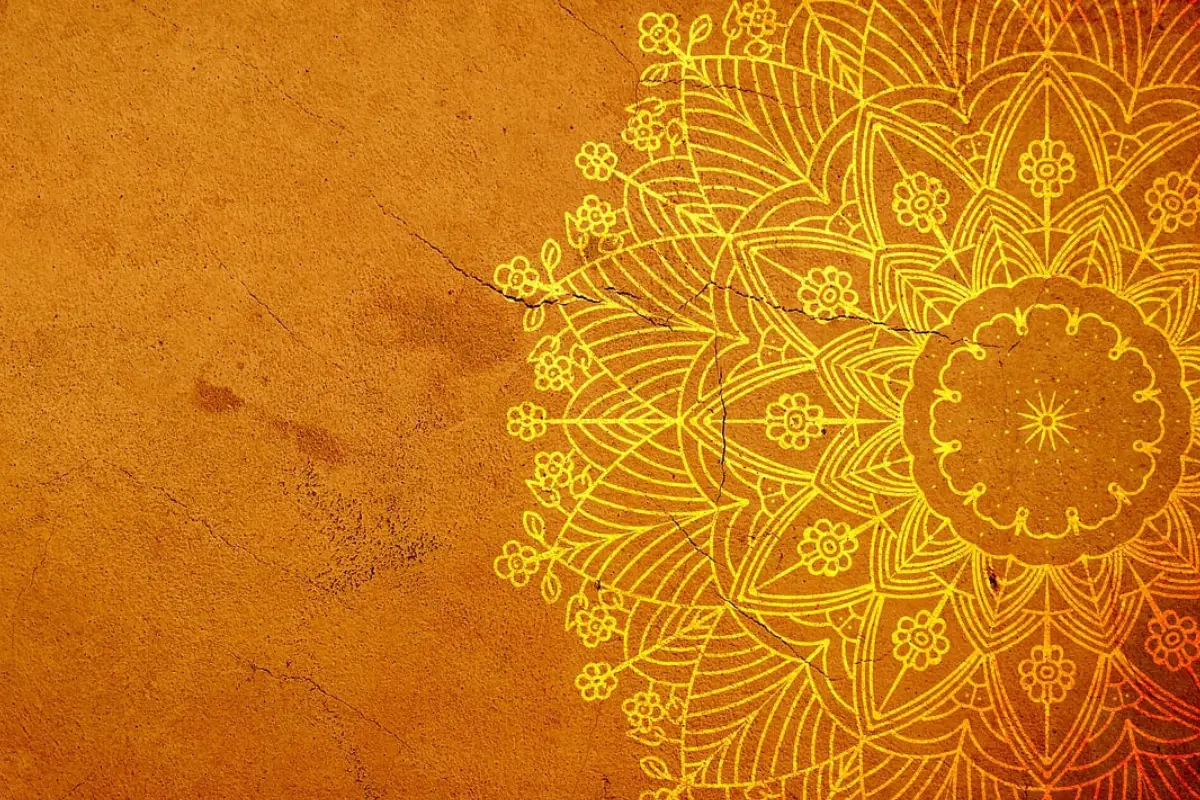This post has already been read 130 times!
Mandalas captivate us with their intricate patterns and symmetrical designs, serving as both a spiritual symbol and an artistic expression. The journey of creating mandala art is not only meditative but also a deep dive into sacred geometry, connecting the creator with ancient traditions and modern artistry. Let’s explore how you can start crafting your own mandalas and the profound meaning behind each line and curve.
The Origins and Significance of Mandalas
Mandalas, which mean “circle” in Sanskrit, have been used for centuries across various cultures. From Buddhist monks in Tibet to Native American sand paintings, these geometric designs have symbolized the universe, guiding individuals in meditation and spiritual practice.
The Basics of Sacred Geometry
Sacred geometry is the study of geometric shapes and their symbolic meanings. It’s believed that these shapes form the building blocks of everything in the universe. When you create a mandala, you’re engaging with this ancient wisdom, tapping into the fundamental patterns of existence.
Getting Started: Tools and Materials
Creating mandala art requires some basic tools:
Paper or Canvas: Start with a blank surface where you can freely draw.
Compasses and Rulers: Essential for drawing precise circles and lines.
Pens, Pencils, and Markers: Use these for outlining and coloring your mandala.
Protractors and Stencils: Helpful for maintaining symmetry and adding intricate details.
Step-by-Step Guide to Creating a Mandala
1. Find Your Center
Begin by marking the center of your paper. This central point is crucial as it will be the anchor for your entire design. Use a compass to draw a series of concentric circles around this point.
2. Draw the Basic Framework
Using your ruler and protractor, divide the circles into equal segments. These segments will guide your patterns, ensuring symmetry. Typically, you might start with dividing into six, eight, or twelve sections.
3. Start with Simple Shapes
In each segment, start drawing simple shapes like petals, triangles, or squares. Gradually, you’ll build upon these with more complexity. Remember, the beauty of a mandala lies in its repetitive and symmetrical patterns.
4. Add Intricate Details
Once the basic shapes are in place, fill them with detailed patterns. Dots, lines, and smaller shapes add depth and complexity to your design. This is where your creativity truly shines.
5. Color Your Mandala
Choose colors that resonate with you. Traditional mandalas often use bright, vivid colors, but you can opt for any palette that speaks to your aesthetic. Coloring can be therapeutic, enhancing the meditative experience of creating a mandala.
The Meditative Aspect of Mandala Art Creation
Crafting mandalas is not just about the final artwork; it’s a meditative practice. As you focus on the repetitive patterns and symmetry, your mind enters a state of flow. This can be deeply calming, reducing stress and enhancing mental clarity.
Finding Peace Through Mandalas
Meet Sarah, a high school teacher who found solace in mandala art during the lockdown. She shares, “I was overwhelmed with the shift to online teaching. Drawing mandalas became my escape, a way to center myself amidst the chaos.”
Or take Raj, a software engineer who discovered mandala art at a local workshop. He recalls, “The precision required in mandala drawing mirrored the logic of coding, but it also allowed me to express my creativity in a way I hadn’t before.”
The Cultural Relevance of Mandalas Today
Mandalas have transcended their traditional roots, becoming popular in various modern contexts:
Therapeutic Art: Art therapists use mandala drawing to help patients express emotions and find inner peace.
Interior Design: Mandala patterns are frequently seen in home décor, symbolizing harmony and balance.
Fashion: From clothing to accessories, mandala designs add a touch of spirituality and aesthetics.
Common Challenges and How to Overcome Them
1. Symmetry Issues
Maintaining symmetry can be challenging. Use tools like stencils and protractors to ensure precision. Don’t be too hard on yourself if it’s not perfect; slight imperfections add character to your work.
2. Creative Block
If you find yourself stuck, look for inspiration in nature, architecture, or other mandala artworks. Sometimes, taking a break and returning with fresh eyes can spark new ideas.
Exploring Advanced Techniques
Once you’re comfortable with basic mandalas, try incorporating:
3D Elements: Add depth by shading or layering parts of your design.
Mixed Media: Experiment with different materials like watercolors, acrylics, or even digital tools.
Thematic Mandalas: Base your designs on specific themes like seasons, emotions, or personal experiences.
Embark on Your Mandala Journey
Creating mandalas is a journey of self-discovery and artistic expression. Whether you’re seeking a meditative practice or a new hobby, mandala art offers a unique blend of creativity and mindfulness. So grab your tools, find your center, and let the patterns of the universe guide your hand.
We’d love to hear about your experiences with mandala art. Have you tried creating your own mandalas? What challenges did you face, and how did you overcome them? Share your stories in the comments below!

